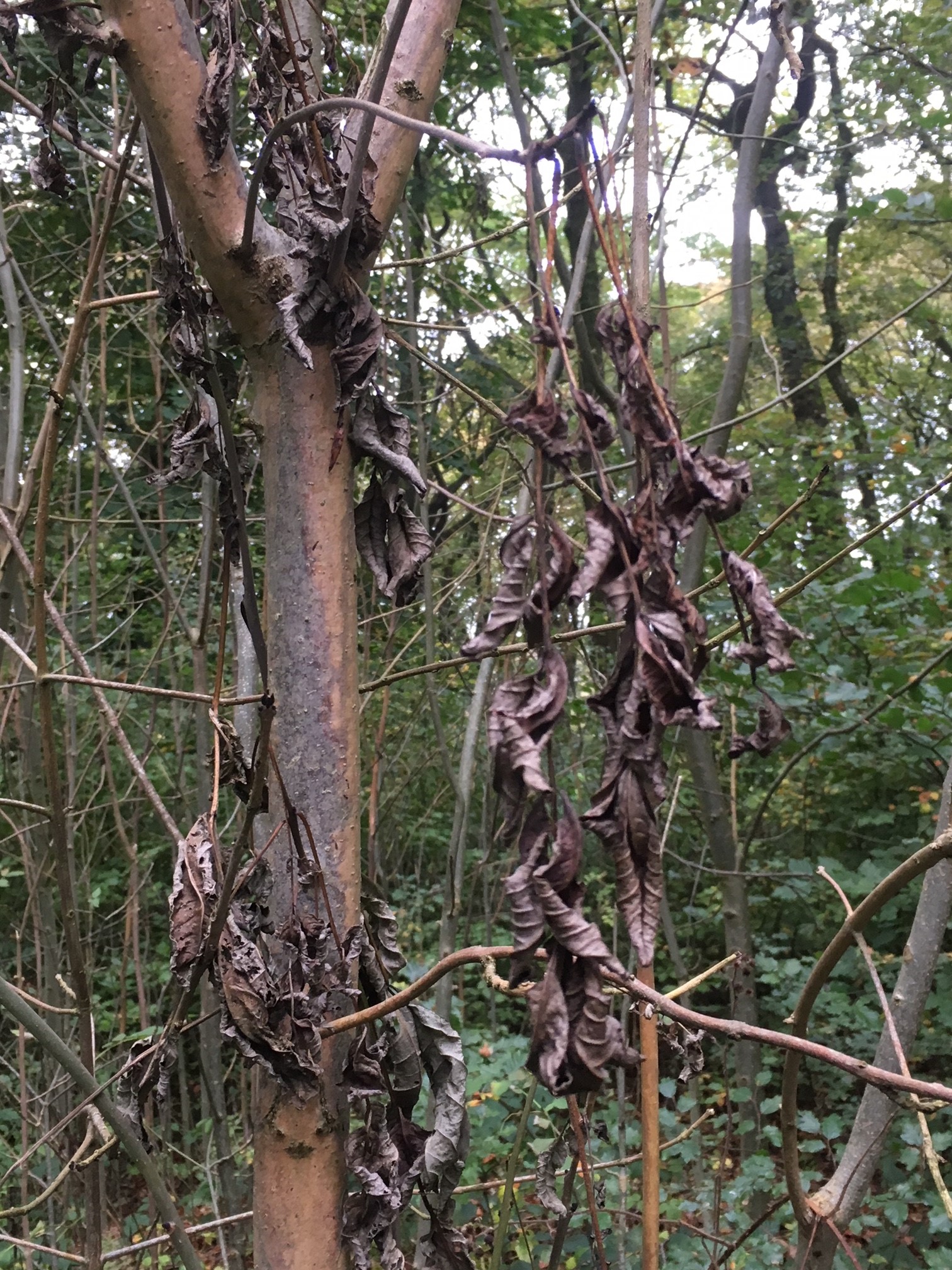Latest News
Tackling ash dieback in Colne
Published: Thursday, 18th October 2018

An ash tree affected by ash dieback.
Ash trees around Boundary Street, Hill Street and Back Duke Street in Colne have been found with ash dieback and Pendle Council has to cut them down this month.
Ash dieback disease is now prevalent in Britain and other parts of Europe and is caused by a fungus.
Signs of ash dieback include leaf loss not connected with autumn leaf fall, the top of the tree dying back and damage on the tree’s bark.
Pendle Council’s Principal Environment Officer Lee Johnson explained:
“The fungus is deadly and these ash trees have been attacked by it.
“As the fungus spreads it weakens the wood and the tree succumbs to pests and other fungi.
“The ash trees in this area are unfortunately rotting and we need to make sure people are safe by removing them.”
Councillor Paul White, Leader of Pendle Council, said:
“The trees are close to where people walk and they could also pose a threat to property in this area.
“We can’t risk that happening, so sadly the trees need to go,” he stated.
Pendle Council estimates that the work will take about seven days.
“Luckily there are some healthy young hazel, oak and birch trees growing under some of the ash trees and we’re going to let them take the place of the ash,” added Lee Johnson.
“We’ll keep an eye on how these trees get on.
“They won’t be affected by ash dieback and with more light above them, they should flourish,” he said.
Anyone who’s worried about an ash tree in their area or garden can contact Lee Johnson for advice: lee.johnson@pendle.gov.uk or ring him on 01282 661729.
Ash dieback was first confirmed in Britain in 2012 and is a disease of ash trees caused by a fungus called Hymenoscyphus fraxineus.
Once a tree is infected the disease is usually fatal, either directly, or indirectly by weakening the tree to the point where it succumbs more readily to attacks by other pests or pathogens, especially Armillaria fungi, or honey fungus.
The Government’s Forestry Commission states that:
“The best hope for the long-term future of Britain's ash trees lies in identifying the genetic factors which enable some ash trees to tolerate or resist infection, and using these to breed new generations of tolerant ash trees for the future.
“Government scientists, including our Forest Research agency, are working hard on this in partnership with a range of other respected scientific research institutions.”
 RSS version
RSS version